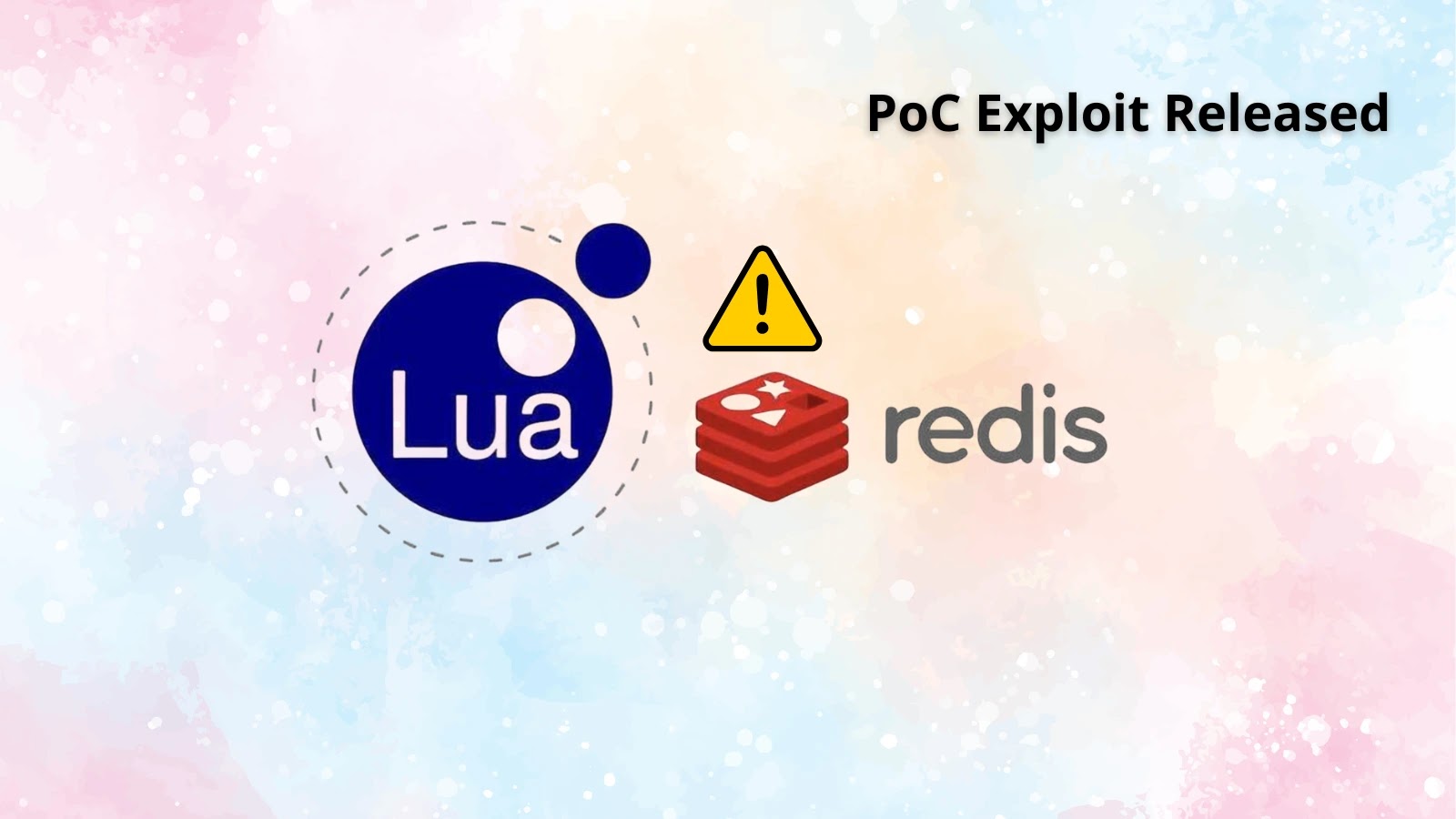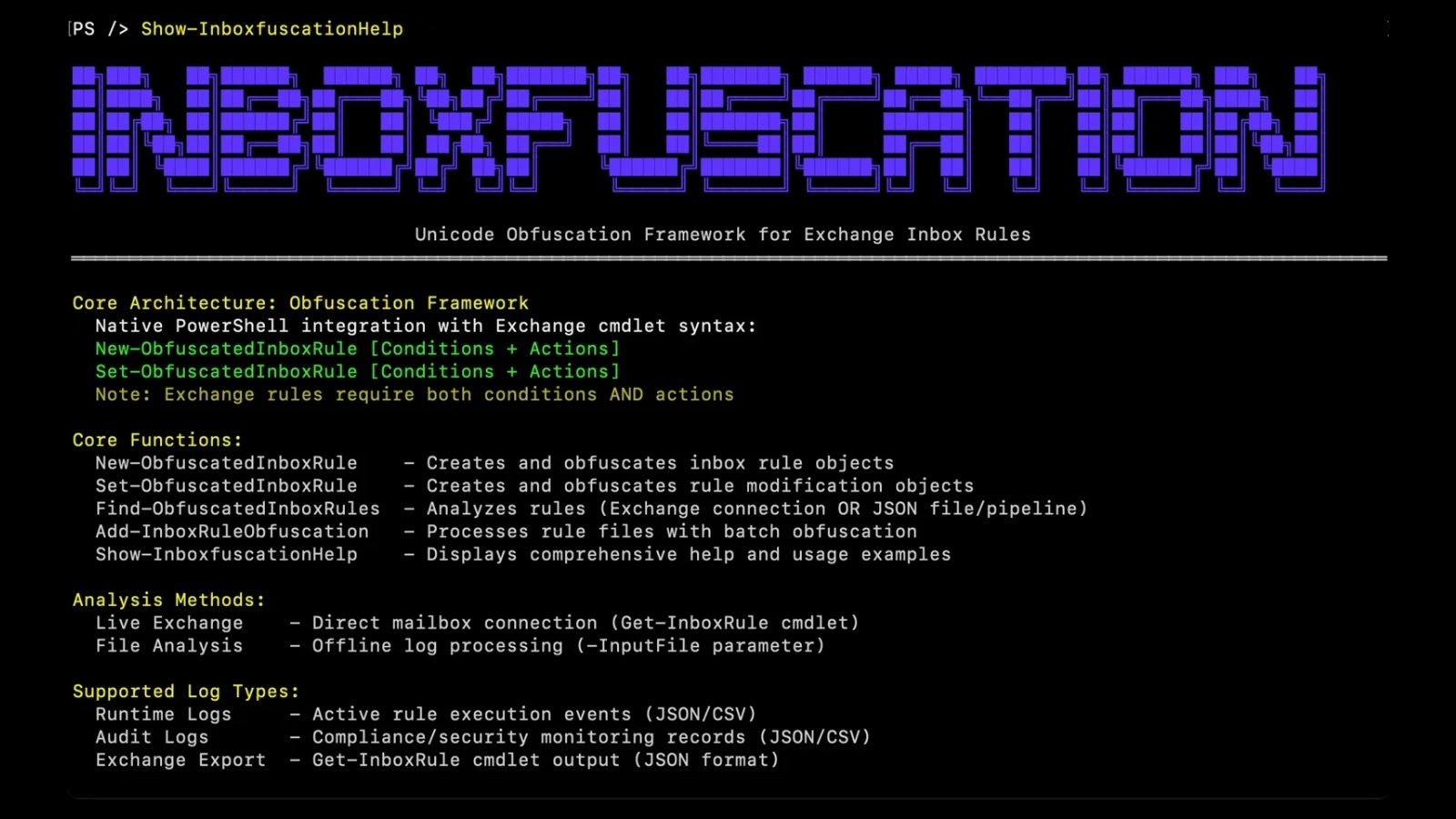A sophisticated cyberattack campaign has emerged, orchestrated by the Silver Fox threat group, which leverages counterfeit versions of popular online tools, notably Google Translate, to distribute the Winos Trojan malware. This campaign underscores a significant evolution in cybercriminal tactics, emphasizing the exploitation of user trust in legitimate web services through advanced social engineering techniques.
Deceptive Tactics and Attack Methodology
The Silver Fox attackers have meticulously crafted fraudulent replicas of widely-used applications and websites. These include fake Google Translate portals, currency converters, and software download pages for popular applications like WPS Office. Unsuspecting users who interact with these malicious sites are prompted with deceptive Flash update notifications. Clicking on these prompts redirects them to attacker-controlled servers that host malicious installation packages.
Researchers from the Knownsec 404 team have identified this campaign as part of a broader Silver Fox operation active since 2024. The threat actors demonstrate remarkable adaptability in their social engineering approaches, specifically targeting users seeking translation services and productivity tools.
Technical Implementation and Infection Mechanism
The infection mechanism employed by Silver Fox reveals a high level of technical sophistication. Attackers embed carefully crafted JavaScript code within the phishing websites. This malicious script creates hidden input elements and attempts to fetch configuration data from remote JSON files before displaying fake Flash update notifications.
The embedded redirect script demonstrates the attackers’ technical proficiency:
“`javascript
fetch(‘url.json’)
.then(response => response.json())
.then(data => {
const urlToUse = data[0];
document.body.addEventListener(‘click’, function() {
alert(检测Flash版本过低,请安装后插件重试!);
});
window.location.href = urlToUse;
});
“`
Upon successful installation, the malware deploys multiple components, including `javaw.exe`, `Microsoftdata.exe`, and various supporting files that establish persistent access to compromised systems. The Winos Trojan, masquerading as legitimate Microsoft software, implements comprehensive data theft capabilities, including screenshot capture, keylogging, and clipboard monitoring functionalities.
Persistence Mechanism and Payload Analysis
The campaign’s persistence mechanism involves registry manipulation to ensure long-term system compromise. The malware writes itself into Windows startup locations, ensuring it executes upon system boot. Analysis reveals that the final payload contains references to “RexRat4.0.3” in its program database, indicating the use of commercially available remote access tools repurposed for cybercriminal activities.
Implications and Recommendations
This Silver Fox campaign represents a concerning trend in malware distribution, where threat actors increasingly rely on social engineering rather than technical exploits to achieve initial compromise. This shift underscores the importance of user education and awareness as crucial components of organizational cybersecurity strategies.
To mitigate the risks associated with such sophisticated phishing campaigns, organizations and individuals should consider the following measures:
1. User Education and Awareness: Regular training sessions to educate users about the dangers of phishing attacks and the importance of verifying the authenticity of websites and download prompts.
2. Implementing Advanced Threat Detection Systems: Deploying security solutions capable of detecting and blocking malicious websites and downloads.
3. Regular Software Updates: Ensuring that all software, including browsers and plugins, are up-to-date to minimize vulnerabilities.
4. Restricting Administrative Privileges: Limiting user permissions to install software can prevent unauthorized installations of malicious programs.
5. Monitoring Network Traffic: Keeping an eye on network activity for unusual patterns that may indicate a compromise.
By adopting these proactive measures, organizations can enhance their defense against evolving cyber threats like those posed by the Silver Fox group.



